Orangutans in Borneo; How to See Them & How Much It Costs
THE BEST WAY IS TO JOIN MY TOUR TO SEE THEM IN FEBRUARY, 2026 HERE:
Seeing orangutans in Borneo wasn’t on my radar. I spent 6 months visiting every country in South East Asia after I finished my contract teaching English in Chiang Mai. When I made it to Malaysia, I learned that Borneo isn’t actually a country! It’s an island belonging to Malaysia, Indonesia and Brunei. Then I discovered a little more about Borneo. Borneo conjures images of deep jungle, exotic wildlife and local tribes – and rightly so, Borneo has it all! I already wrote a post about climbing Mount Kinabalu in Borneo (the biggest mountain in South East Asia). Borneo also offers a lifetime opportunity to see wild Orangutans in their native land, deep in the rainforests of Borneo. These awesome creatures are native to the rainforests of the Borneo and Sumatra, so a visit to Borneo isn’t complete until you’ve made the trek to see these guys at home.
Even better, it was possible to see Orangutans in the Borneo IN THE WILD! There are 2 ways to see Orangutans in Borneo, and it depends on your time and budget. You can see them in the wild (I’ve listed the 7 best places to see orangutans in the wild below), or you can visit them as a day-trip in their sanctuary.
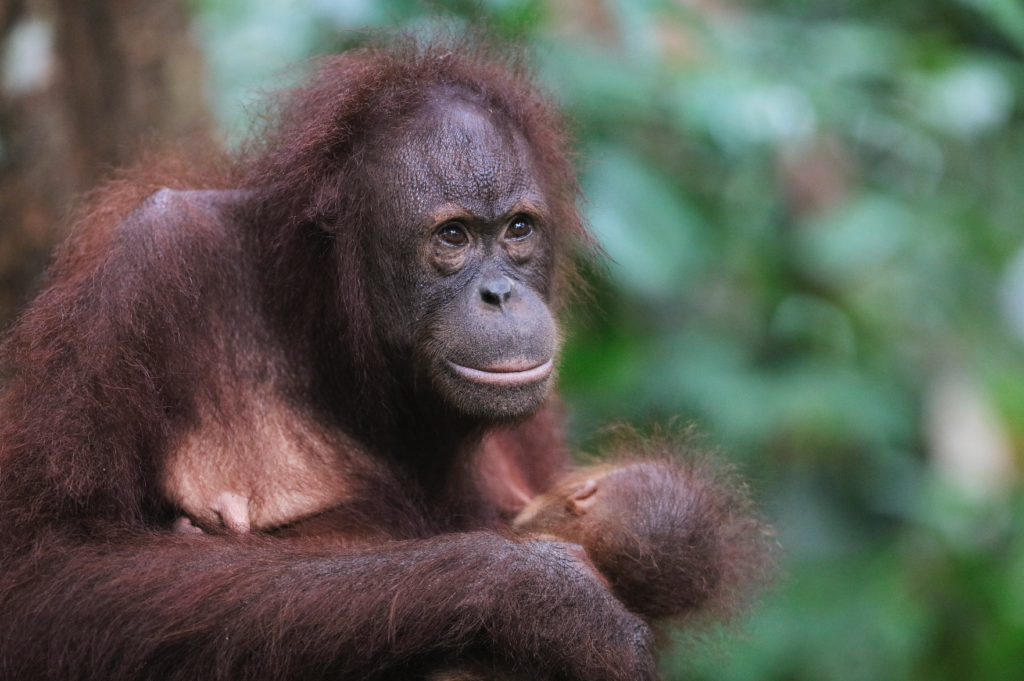
Table of contents
- Orangutans in Borneo; How to See Them & How Much It Costs
- Where Can I See Wild Orangutans in Borneo? 7 Best Places to See Orangutans in the Wild:
- Are Orangutans Endangered?
- The Best Way to See Orangutans in Borneo (on a budget):
- FAQs about seeing Orangutans in Borneo
- Where is the best place to see orangutans in Borneo?
- 2. When is the best time of year to visit Borneo to see orangutans?
- 3. How close can you get to the orangutans?
- 4. What should I bring with me for an orangutan trek?
- 5. Are there ethical considerations when visiting orangutans?
- 6. Do I need a guide to see orangutans in the wild?
- 7. How physically demanding is it to see orangutans in the wild?
- 8. What other wildlife might I see in Borneo?
- 9. Is it safe to travel to Borneo to see orangutans?
- 10. How can I contribute to orangutan conservation?
Where Can I See Wild Orangutans in Borneo? 7 Best Places to See Orangutans in the Wild:
Orangutans are native to Borneo, but the 5 best places to see Orangutans in Borneo are:
- Kinabatangan River, Sabah.
- Danum Valley, Sabah.
- Deramakot Forest Reserve, Sabah.
- Tabin Wildlife Reserve, Sabah.
- Batang Ai National Park, Sarawak.
- Gunung Leuser, Sumatra, Indonesia
- Tanjung Puting, Kalimantan, Indonesia
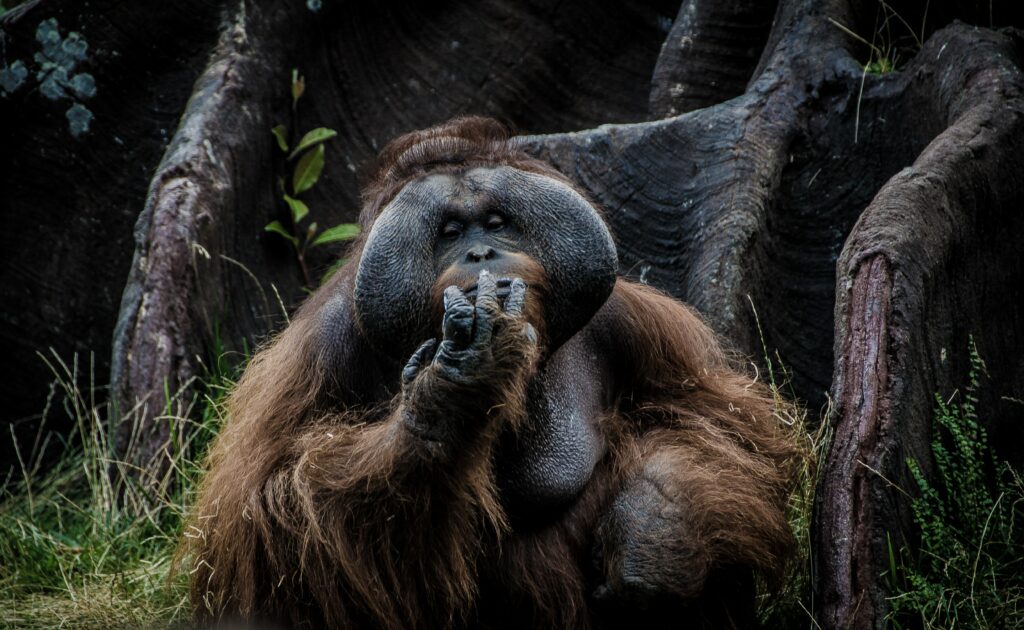
Are Orangutans Endangered?
Yes, in fact, they’re officially critically endangered. There are about 100,000 orangutans left in the wild.
The Best Way to See Orangutans in Borneo (on a budget):
Lots of people don’t have the time, or budget, to spend 4/5 days in the Borneo jungles trying to find Orangutans. But don’t worry. You can visit the Sepilok Orangutan Rehabilitation Centre in Sabah, Malaysian Borneo. This is exactly what I did.
The ‘Sepilok Orangutan Rehabilitation Centre’ is found in Sabah, in the North East of Borneo. You can easily rent a car or jump on a bus from Kota Kinabulu on the more visited western Bornean coast, spend the night in Sepilok and use the next day to see these crazy creatures roam around the centre.
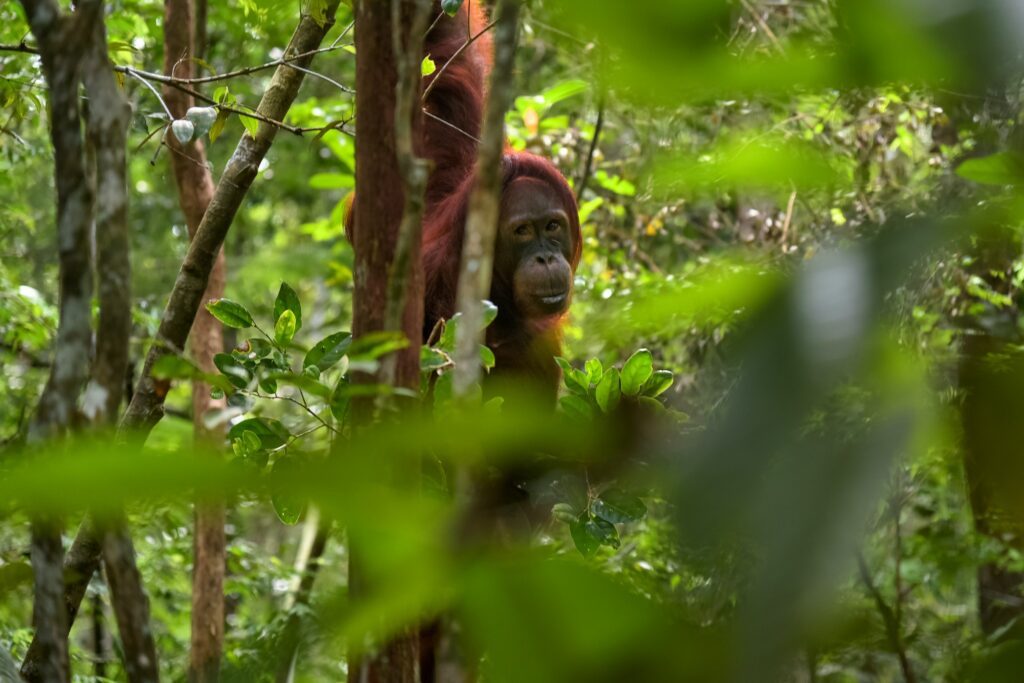
Sepilok Orangutan Rehabilitation Centre opening times and ticket price:
Entry Costs (Malaysian/ Non-Malaysian nationals): Adult- RM5/ RM30 (+ camera cost of 10RM). So about $10 all-in.
Opening hours: Saturday to Thursday- 9am to 12pm and 2pm to 4pm. Fridays 9am-11am and 2pm to 4pm.
Orangutan feeding times: 10am and 3pm. It is recommended to arrive 30 minutes before feeding time.
NOTE:
• Tanjung Puting National Park (Kalimantan, Indonesia): Entrance fees range from IDR 150,000-250,000 (approximately $10-17 USD) per person. Some areas may require an additional fee for cameras.
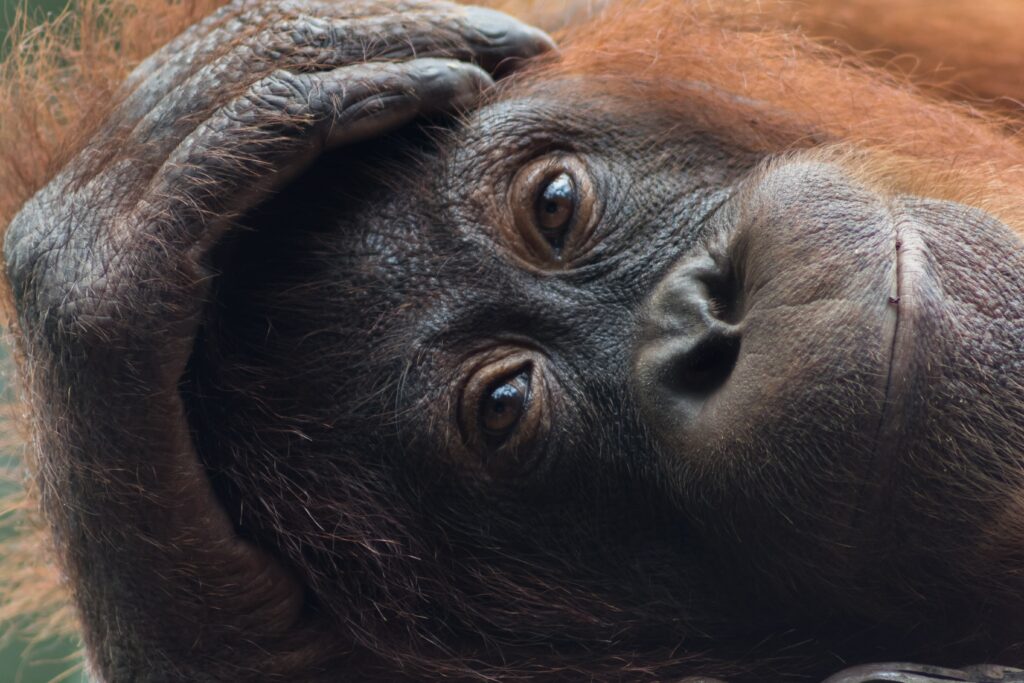
About Sepilok:
Sepilok is one of the Sabah’s most popular tourist spots (although it’s still far from overcrowded). Orphaned orangutans are brought to this centre and helped recuperate so, where possible, they are returned to the wild. Sepilok has been massively successful in this respect, where around 60 orangutans are now living in the wild thanks to the centre.
How to reach Sepilok:
Sepilok is easy enough to get to, it can be reached via bus, taxi or hired car. I personally found a car hire place and rented a car with a few friends (about $30 between 4) and we road-tripped it from Kinabalu (West Borneo) to Sepilok over the day. It took us around 10 hours or so (our car broke down, brakes failed going down a hill in the middle of the jungle, long story!). You can also get public buses early in the morning (around 12 hours, and about $15 USD).
From Sandakan (26km away) Bus 14 leaves hourly from 9:00 to 14:00 takes around 30 minutes. If you’re feeling flush, Sandakan has an airport which you can get to from all over Malaysia.
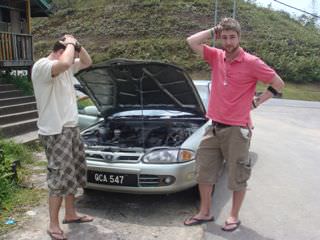
Accommodations around Sepilok
Places around here are quite pricey, especially around the actual centre. Sleeping Sanadakan is more reasonable. But if you’re heart is set on staying right outside, then you can choose between Shangri-La’s Tanjung Aru Resort ($$$!), Sukau rainforest Lodge or Borneo Rainforest lodge. The latter of which is around $30 so not to bad.
What to Wear to Sepilok Orangutan Rehabilitation Centre:
It’s pretty developed so don’t worry about dressing up in all your mountain climbing gear (expect lots of rich tourists in their full gear because they’re on their holiday in wild Borneo! Don’t be one of them!) That being said, don’t wear flipflops and long trousers could be handy so the mosquitos don’t go crazy for you.
The Orangutans at Sepilok
Wow wow wow! There are two feeding times daily (I think 10am and 3pm but double check when you’re there). The carers sit in the jungle and the orangutans swarm in and grab all the food they can lay their hands on, it’s a pretty amazing site seeing these things 5 metres from you. Other than that you can walk around the centre and try to spot the apes swinging around the trees.
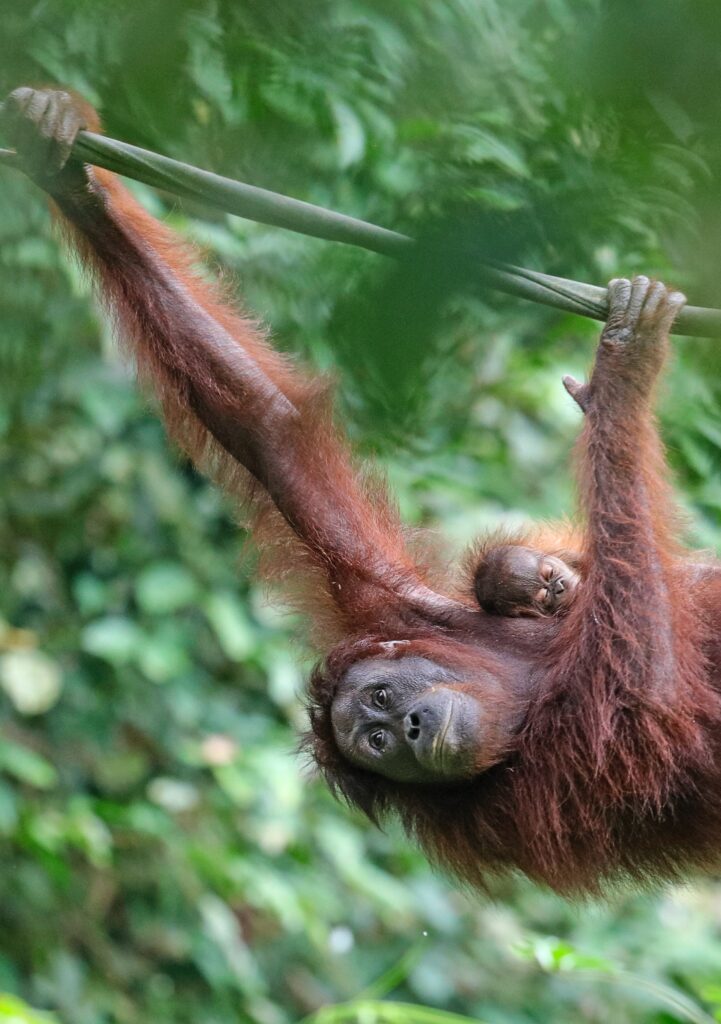
FAQs about seeing Orangutans in Borneo
Where is the best place to see orangutans in Borneo?
The best places to see orangutans in Borneo are in the states of Sabah and Sarawak in Malaysian Borneo and the Kalimantan region of Indonesian Borneo. Key locations include:
- • Sepilok Orangutan Rehabilitation Centre (Sabah, Malaysia): A sanctuary that rehabilitates orphaned and injured orangutans and prepares them for release back into the wild.
- • Kinabatangan River (Sabah, Malaysia): A popular spot for river cruises where wild orangutans are often seen along the riverbanks.
- • Danum Valley Conservation Area (Sabah, Malaysia): A pristine rainforest area with a high chance of seeing wild orangutans.
- • Tanjung Puting National Park (Kalimantan, Indonesia): Famous for its Camp Leakey, a research and rehabilitation center for orangutans, where you can see both wild and semi-wild orangutans.
2. When is the best time of year to visit Borneo to see orangutans?
The best time to visit Borneo for orangutan sightings is during the dry season, from March to October. During this time, the weather is more predictable, and the chances of seeing orangutans are higher. However, Borneo’s rainforests are lush year-round, so sightings are possible outside this period, but expect heavier rain and muddier trails.
3. How close can you get to the orangutans?
In sanctuaries like Sepilok and during feeding times at places like Tanjung Puting, you can get relatively close to the orangutans—sometimes within a few meters. However, strict guidelines are in place to maintain a safe distance to protect both the orangutans and visitors from disease transmission. In the wild, sightings are less predictable, and you may need binoculars to observe them clearly from a distance.
4. What should I bring with me for an orangutan trek?
When trekking in the jungles of Borneo to see orangutans, it’s important to be prepared:
- • Lightweight, moisture-wicking clothing: The rainforest is hot and humid, so dress in layers that can handle the conditions.
- • Sturdy hiking boots: Essential for navigating muddy trails.
- • Insect repellent: To ward off mosquitoes and other insects.
- • Rain gear: A lightweight, packable rain jacket is recommended, as sudden downpours are common.
- • Binoculars and a camera with a zoom lens: To capture distant sightings of orangutans.
- • Reusable water bottle: Staying hydrated is key in the humid climate.
- • Sun protection: Hat, sunglasses, and sunscreen are necessary, especially for river cruises.
5. Are there ethical considerations when visiting orangutans?
Yes, it’s crucial to choose ethical operators and follow guidelines that minimize human impact on orangutans and their habitats. Ethical considerations include:
- • Supporting sanctuaries that focus on rehabilitation and release: Such as Sepilok or Camp Leakey, rather than commercialized, zoo-like facilities.
- • Maintaining a respectful distance: Avoiding direct contact to prevent the spread of diseases between humans and orangutans.
- • Avoiding feeding wildlife: Feeding orangutans can disrupt their natural behaviors and make them dependent on humans.
- • Using eco-friendly products: Like biodegradable soaps and insect repellents to reduce pollution in sensitive rainforest areas.
6. Do I need a guide to see orangutans in the wild?
Yes, it is highly recommended to have a guide, especially when trekking in the rainforest. Local guides have the expertise and knowledge of the terrain and can significantly increase your chances of seeing orangutans. They also ensure your safety and help protect the environment by keeping visitors on designated trails.
7. How physically demanding is it to see orangutans in the wild?
The level of physical demand varies depending on the location. In places like Sepilok, the experience is relatively easy, with boardwalks and short trails suitable for most fitness levels. In contrast, trekking in areas like Danum Valley or Tanjung Puting can be more strenuous, involving longer hikes through humid, uneven terrain. It’s important to assess your fitness level and choose a tour that matches your abilities.
8. What other wildlife might I see in Borneo?
Borneo is a biodiversity hotspot, so in addition to orangutans, you might see:
- • Proboscis monkeys: Known for their large noses, commonly spotted along the Kinabatangan River.
- • Pygmy elephants: The smallest elephant species in the world, found in Sabah.
- • Sun bears: The world’s smallest bear, occasionally seen in the wild or at the Bornean Sun Bear Conservation Centre.
- • Birds: Over 400 species of birds, including hornbills and kingfishers, make Borneo a birdwatcher’s paradise.
- • Other primates: Such as gibbons, macaques, and the rare Bornean slow loris.
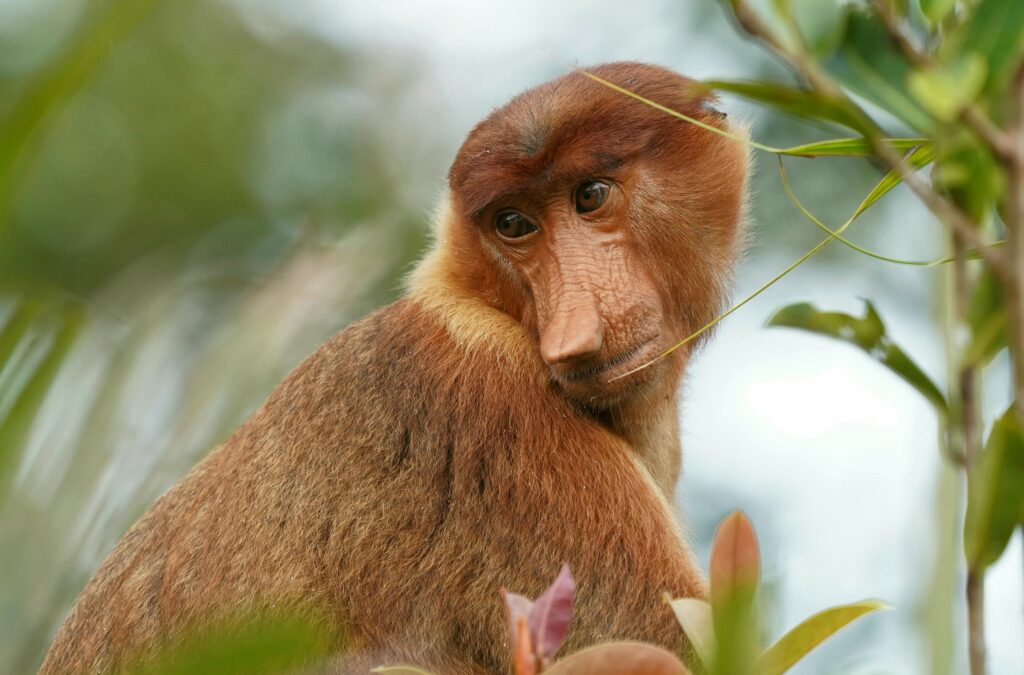
9. Is it safe to travel to Borneo to see orangutans?
Borneo is generally safe for travelers, but as with any destination, it’s important to take standard precautions. These include:
- • Vaccinations: Ensure you’re up-to-date on recommended vaccinations, including those for mosquito-borne diseases.
- • Travel insurance: It’s essential, particularly if you plan on engaging in trekking or other adventurous activities.
- • Guided tours: Always travel with reputable tour operators who understand the local conditions and can provide guidance and support.
10. How can I contribute to orangutan conservation?
Visiting Borneo to see orangutans is a fantastic way to support conservation through ecotourism. Additional ways to contribute include:
- • Donating to reputable conservation organizations: Such as the Orangutan Foundation or the Borneo Orangutan Survival Foundation.
- • Avoiding products that contribute to deforestation: Such as those containing unsustainable palm oil.
- • Supporting local communities: By purchasing handicrafts or staying in locally owned accommodations, which reduces the economic pressure to clear forests.
This is another thing that needs to be added to bucket lists around the world! An amazing experience, if you’re in South East Asia whack this in your itinerary. Borneo often gets skipped on the backpacker circuit, mainly because people think it’s out of their price range, which is madness because, there’s loads of bargain holidays, cheap accommodation, local buses to avail of so check it out guys. Happy travels!
Remember, never travel without travel insurance! And never overpay for travel insurance!
I use HeyMondo. You get INSTANT quotes. Super cheap, they actually pay out, AND they cover almost everywhere, where most insurance companies don't (even places like Central African Republic etc!). You can sign-up here. PS You even get 5% off if you use MY LINK! You can even sign up if you're already overseas and traveling, pretty cool.
Also, if you want to start a blog...I CAN HELP YOU!
Also, if you want to start a blog, and start to change your life, I'd love to help you! Email me on johnny@onestep4ward.com. In the meantime, check out my super easy blog post on how to start a travel blog in under 30 minutes, here! And if you just want to get cracking, use BlueHost at a discount, through me.
Also, (if you're like me, and awful with tech-stuff) email me and my team can get a blog up and running for you, designed and everything, for $699 - email johnny@onestep4ward.com to get started.
Do you work remotely? Are you a digital nomad/blogger etc? You need to be insured too.
I use SafetyWing for my digital nomad insurance. It covers me while I live overseas. It's just $10 a week, and it's amazing! No upfront fees, you just pay week by week, and you can sign up just for a week if you want, then switch it off and on whenever. You can read my review here, and you can sign-up here!







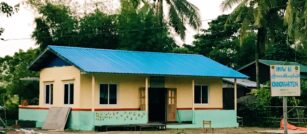
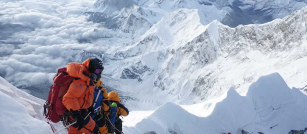




 As you know, blogging changed my life. I left Ireland broke, with no plan, with just a one-way ticket to Thailand
and no money. Since then, I started a blog, then a digital media company, I've made
more than $1,500,000 USD, bought 4 properties and visited (almost) every country in the world. And I did it all from my laptop as I
travel the world and live my dream. I talk about how I did it, and how you can do it too, in my COMPLETELY FREE
Ebook, all 20,000
words or so. Just finish the process by putting in your email below and I'll mail it right out to you immediately. No spam ever too, I promise!
As you know, blogging changed my life. I left Ireland broke, with no plan, with just a one-way ticket to Thailand
and no money. Since then, I started a blog, then a digital media company, I've made
more than $1,500,000 USD, bought 4 properties and visited (almost) every country in the world. And I did it all from my laptop as I
travel the world and live my dream. I talk about how I did it, and how you can do it too, in my COMPLETELY FREE
Ebook, all 20,000
words or so. Just finish the process by putting in your email below and I'll mail it right out to you immediately. No spam ever too, I promise!
